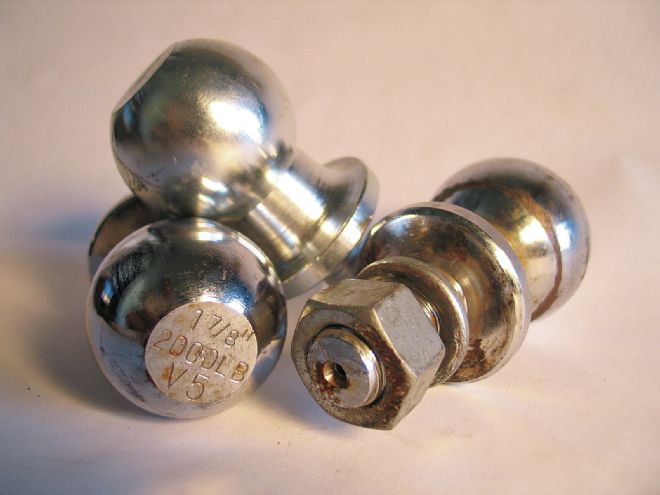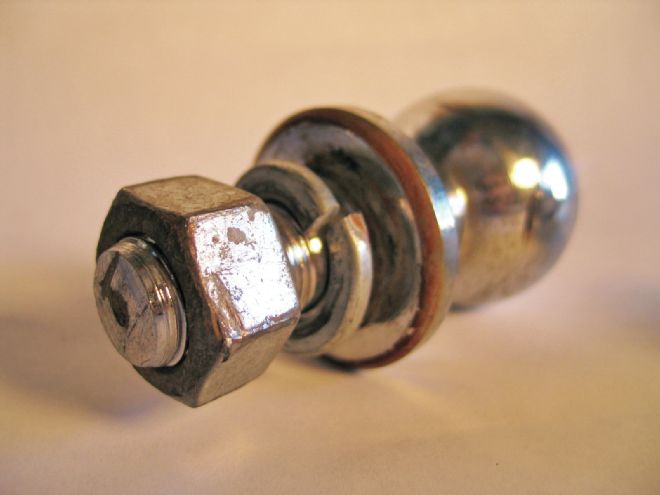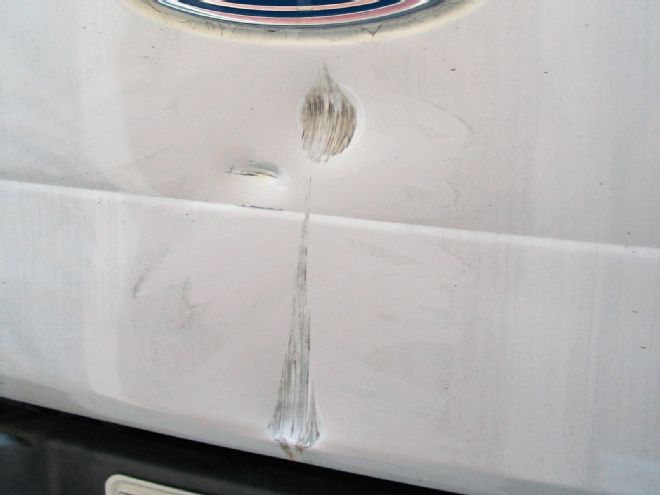Anatomy Of The Hitch Ball: The Variety Of Hitch Balls Explained
On a chilly Wednesday morning in March 1915, father and son Alfred and Milton Brice of Brice Auto Company in Minneapolis filed for Patent Number 1,147,844. Their invention, which they proudly displayed in Space 6 at the 1916 Minnesota State Fair, provides “an extremely simple and highly efficient coupler especially adapted for use to connect the pole of a trailer cart to the rear portion of an automobile.” The patent was approved on July 27, 1915, and the towing world has used the ball/hitch coupling system ever since.
Of course, improvements have been made in the last 100 years (the Brice duo introduced the ball-lock mechanism two years later), while expansion of application has heralded a host of size options suited for almost every towing need. Though stamped on the tongue is usually the information you’ll need to select the right ball and mount for your trailer, consider the ball’s anatomy before making a selection.
Made from chrome, stainless steel, and zinc, balls come in four standard diameters (1 7/8, 2, 2 5/16, and 3 inches) and a variety of shank lengths (depending on manufacturer) and diameters (5/8, 3/4, 1, 1 1/4, and 2 inches).
The 1 7/8-inch ball is used on smaller trailers and has a maximum weight capacity of 2,000 pounds. The 2-inch ball is for medium trailers and has a capacity of up to 8,000 pounds, while the 2 5/16- and 3-inch balls have a weight capacity of up to 30,000 pounds. The ball mount determines the ball shank diameter and ball shank length and will vary with the needs of the trailer. The 3/4-inch-diameter shank is used on Class I and Class II hitches, while the 1-inch shank is used on Class III and Class IV hitches. The 1 1/4-inch and larger shanks are used on Class IV, Class V, and weight-distributing hitches.
The thickness of the mount determines how long the shank needs to be, with choices ranging from 2 inches to longer than 3. Remember that at least one thread needs to be visible past the lock washer and nut once the ball is screwed into place.


